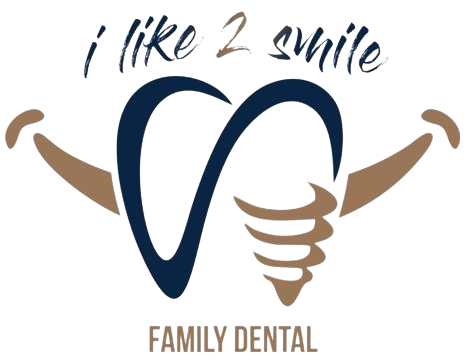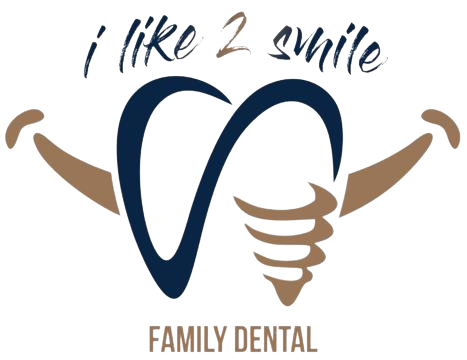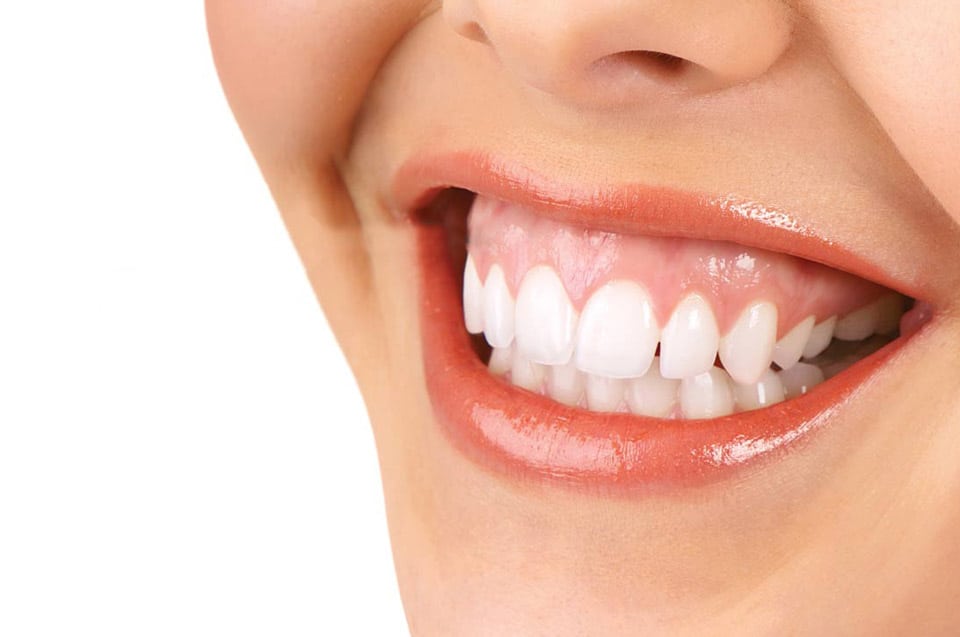Rediscover Your Complete Smile with Custom Bridges at iLike2Smile Family Dental
A gummy smile, also known as excessive gingival display, occurs when a person smiles and a significant portion of their gum tissue is visible, overshadowing the teeth. This cosmetic concern can impact an individual’s self-esteem and confidence. Several factors contribute to the appearance of a gummy smile
Understanding Dental Bridges:
Hyperactive Lip Muscles: Some people have hyperactive upper lip muscles, causing the lip to lift higher than usual when smiling, exposing more gum tissue. This can be a result of genetic factors or muscle activity patterns.
Types of Dental Bridges:
Excessive Gum Tissue: The size and shape of the gums can vary among individuals. In some cases, an overgrowth or excessive display of gum tissue, known as gingival hypertrophy, can contribute to a gummy smile.
Abnormal Tooth-to-Gum Ratio:
An imbalance in the proportions of teeth to gums can lead to a gummy smile. This might be due to teeth that appear shorter or smaller in comparison to the gums, creating an aesthetically displeasing smile.
Vertical Maxillary Excess (VME):
VME occurs when the upper jaw (maxilla) is longer than usual, leading to an increased display of gum tissue. This condition may be present from birth or develop over time.
Orthodontic Issues:
Malocclusions or orthodontic problems can also contribute to the appearance of a gummy smile. Issues such as an overbite or a short upper lip may result in more gum exposure.
Orthodontic Treatment:
Correcting underlying orthodontic issues can sometimes address gummy smiles. Orthodontic procedures like braces or clear aligners may be recommended to reposition the teeth and improve overall aesthetics.
Gum Contouring (Gingivectomy):
For cases where excessive gum tissue is the primary concern, a gum contouring procedure can be performed. This involves removing or reshaping the excess gum tissue to achieve a more balanced smile.
Surgical Procedures:
In more severe cases, surgical interventions such as orthognathic surgery may be considered to correct jaw discrepancies and achieve a harmonious balance between the teeth and gums.
Our dentist

BDS, MDS, NDEB (Canada)
Dr. Sarbjot Bahri

BDS, MDS, NDEB (Canada), DMD (UBC)
Dr. Anuj Bahri

DMD, NDEB (Canada)





